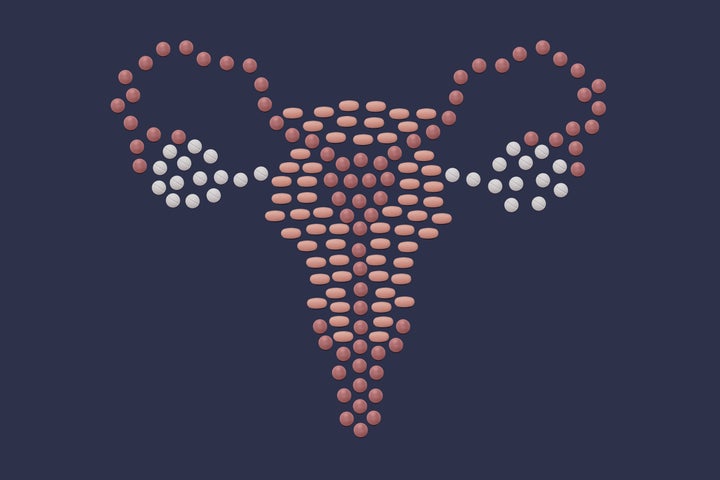
Polycystic ovary syndrome (PCOS) is thought to affect one in 10 people assigned female at birth – though, according to the NHS, half of sufferers will not experience any symptoms at all and the condition will go unnoticed.
For those who do experience symptoms, they include: irregular periods or no periods at all; difficulty getting pregnant; excessive hair growth on the face, chest, back or buttocks; weight gain; thinning hair; and oily skin or acne.
What are polycystic ovaries?
According to the NHS, polycystic ovaries contain a large number of harmless follicles that are up to 8mm (approximately 0.3in) in size.
The follicles are underdeveloped sacs in which eggs develop. In PCOS, these sacs are often unable to release an egg, which means ovulation does not take place.
Half of PCOS sufferers are expected to develop type 2 diabetes
More than half of PCOS sufferers are expected to develop type 2 diabetes by the age of 40, according to the Centers for Disease Control and Prevention (CDC) in the US.
This is because people with PCOS are often insulin-resistant meaning their bodies can make insulin but can’t use it effectively, increasing the risk of developing type 2 diabetes.
The condition also puts sufferers at risk of developing gestational diabetes, heart disease, high blood pressure, sleep apnea and stroke.
What to do if you think you have PCOS
If you think you might have PCOS, it’s definitely worth speaking to your GP about it.
While this condition is incurable, there are treatments available to help with some of the symptoms of it, such as irregular hair growth, irregular periods and fertility problems.
If the fertility medications don’t work, there is a surgical procedure available called “laparoscopic ovary drilling”. In this keyhole procedure, four to six holes are drilled in each ovary using an electric current and the aim is to destroy the tissue that’s creating the male hormones which impair fertility.